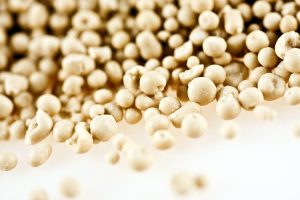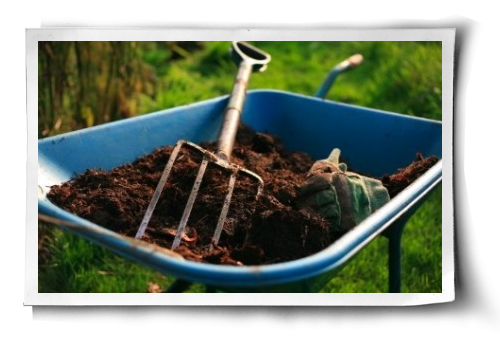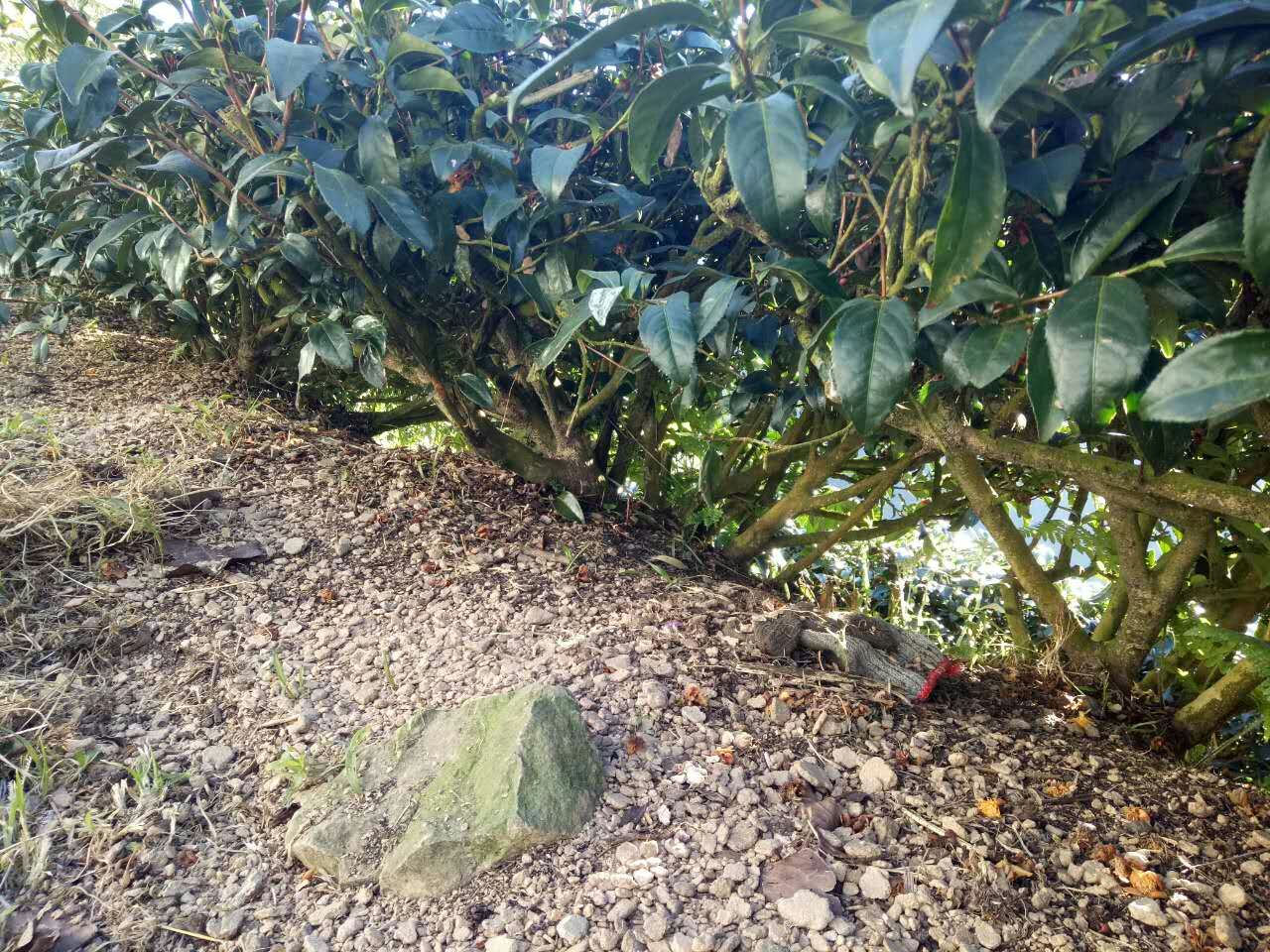Day by day, we are moving towards to the tea picking time in China soon. Many interesting marketing campaigns start to tell stories on different media on line.
I was invited into a marketing post who said they use the soy milk made from fresh soybeans as fertilizer that spread over tea plantation. In deed I’ve heard of this method when I visited Anxi in 2015, but personally I haven’t have the chance to really witness its practice. However, during my visit of many tea farms in different tea regions in Fujian, I have repeatedly checking the use of fertilizer, the grass removing method, and accelerating the grow of young leaf and, last but at least, the pesticide control method, etc. Because how tea farm is being managed is indeed very important, not only for tea but also for the environment.
Of course this issue is very interesting because for years I try to understand more about how to sustain an ecological balance environment. So, I asked tea farmers I know are using organic methods in Taiwan and China, including those in Anxi, Fujian. Here is the brief summary of their comments:
- Other Taiwanese tea farmers who grow and produce tea in Anxi have also heard about this, one even have a friend who claim using the soy milk as fertilizer
- I know some tea farmers in Taiwan and China are using the bean residue other natural agricultural products, grass or seeds and other natural organic ingredients in the fertilizer composting. Using bean cak
 es in the fertilizer composition process is an old tradition.
es in the fertilizer composition process is an old tradition.
Concerning the use of soy milk, these organic tea farming friends share some thought in the following folds:
- Economical reason: the cost is very high
- Ecological issue : What is the long term impact to the ecological environment and soil condition because of excessive waste to the soil surface
- Where is the scientific basis of soy milk onto tea trees, till now I can not find any scientific research or analysis to support its benefits.
- Even if that tea farm uses the very high cost soy milk or residues as fertilizer with the hope to increase the growth of young leaves, don’t forget the growing speed of weeds is much faster than tea trees.
I continuous to check information on line and hopefully can find some useful pros & cons arguments, and these are what I found from the agriculture related websites:
- When using the soybean milk residue composting must pay extra attention in the fertilizer compose process, because it may not be too dry. If the residue compose is too dry then it won’t be decomposed; but on the other, also may not too wet, because it may develop very bad odor. Also during the composting process must turn it often.
- Soybean residue can produce high temperature upto 70 degrees during the fermentation process, this temperature can damage the roots of leafy vegetables, sometime can cause even death. If it’s used for fruit plants, it can be applied directly to the soil surface because the roots of fruit plants are away from the soil surface.
- Soy milk and soy milk residues contain very rich amount of plant protein, it will produce ultra-high levels of organic acid in the bacterial decomposition process which can make the soil PH value to a sudden drop to abt. 3 degrees. This point matches with my intuitional questions about:
- What is the natural PH value of the soil that Mother Nature provides locally
I am not agriculture fertilizer expert, but even with the limited learning from our tiny garden I do know excessive or unappropriated fertilization process can cause more harm instead of good to the living wisdom of Nature.

For green fingers friends this site might be interesting to you: http://gentleworld.org/easy-guide-to-vegan-organic-fertilizers/


Mei Lan Hsiao
Here I would like to thank all tea farming friends in Taiwan and China who shared many valuable experience and point of view today.
Here is additional inputs from Mr. Wu from Lung Feng Xia, Taiwan:
>> Haven’t heard or dronk tea using soy milk as fertilizer.
>> Have heard some people sobbing bean residues in water, after the fermentation then spread on top of tea trees but tea from this method have problem for longer storage